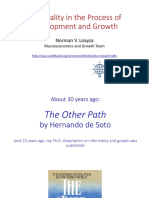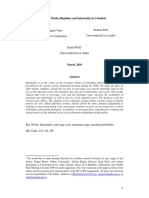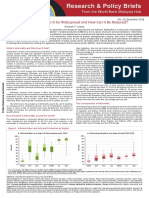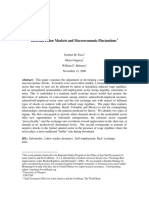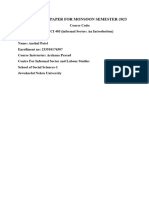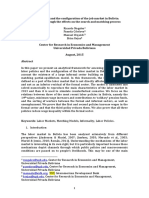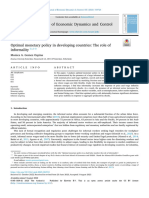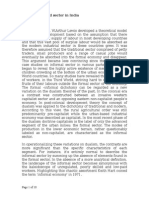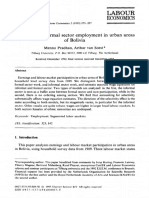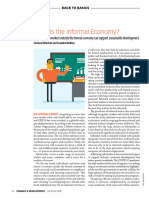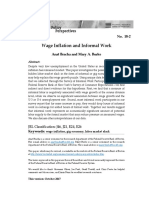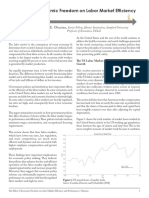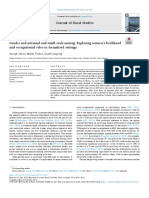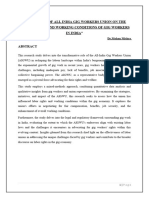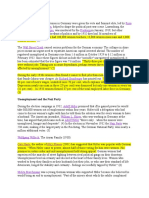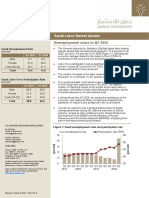0% found this document useful (0 votes)
17 views9 pagesA Toolkit For Informality Scenario Analysis User Guide
The document provides a user guide for a toolkit designed to analyze informal labor scenarios across over 100 countries for the next 20 years. It outlines the methodology for estimating the size and evolution of informal labor sectors based on historical data and projections, as well as the parameters and settings users can customize within the tool. The guide includes detailed instructions on using the toolkit, including options for scenario selection and initial condition settings.
Uploaded by
wardmohamed1994Copyright
© © All Rights Reserved
We take content rights seriously. If you suspect this is your content, claim it here.
Available Formats
Download as PDF, TXT or read online on Scribd
0% found this document useful (0 votes)
17 views9 pagesA Toolkit For Informality Scenario Analysis User Guide
The document provides a user guide for a toolkit designed to analyze informal labor scenarios across over 100 countries for the next 20 years. It outlines the methodology for estimating the size and evolution of informal labor sectors based on historical data and projections, as well as the parameters and settings users can customize within the tool. The guide includes detailed instructions on using the toolkit, including options for scenario selection and initial condition settings.
Uploaded by
wardmohamed1994Copyright
© © All Rights Reserved
We take content rights seriously. If you suspect this is your content, claim it here.
Available Formats
Download as PDF, TXT or read online on Scribd
/ 9
